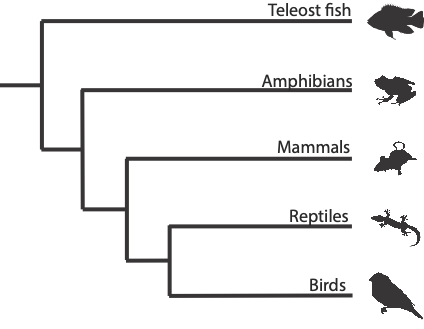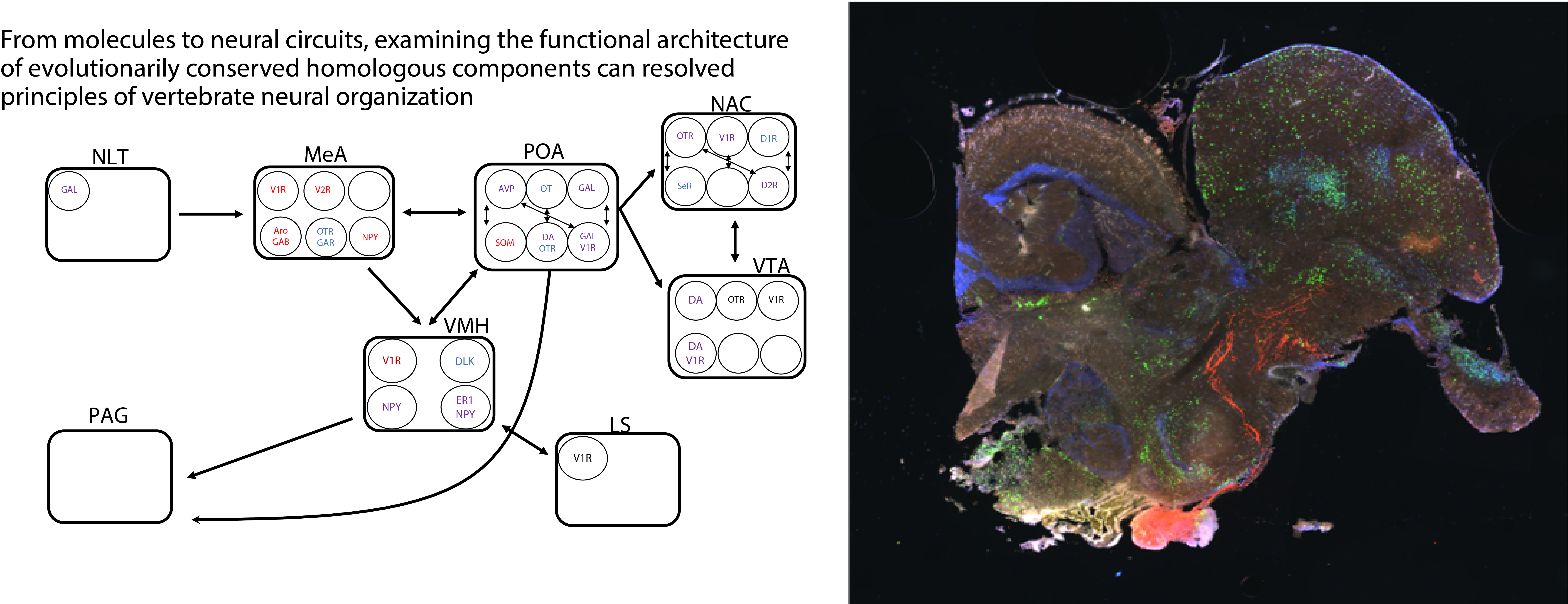Comparative neuroethology necessitates commonality, or standardized measurements across time and space, where a common currency can be exchanged across species. The genomic standard of nucleotide sequences provides such a currency, as it can be compared across evolutionarily distant model organisms. I use transcriptomics in cross-species comparisons to generate a comprehensive understanding how of different cell types, brain areas, and neural networks interact to generate shared behavioral phenotypes across evolutionary history. While transcriptomics presents a shared unit of measurement across species, it needs to be assayed spatially in homologous brain areas, and temporally following a shared experience. Hence, pair bonding, parental care, and aggression (among others) provide standardized behavioral measures which can readily be compared across species. By integrating the data my work generates with published datasets and collaborative efforts, I aim to test the hypothesis that the neural organization underlying the interaction of socially generated internal states, and context appropriate responses, are evolutionarily conserved.

